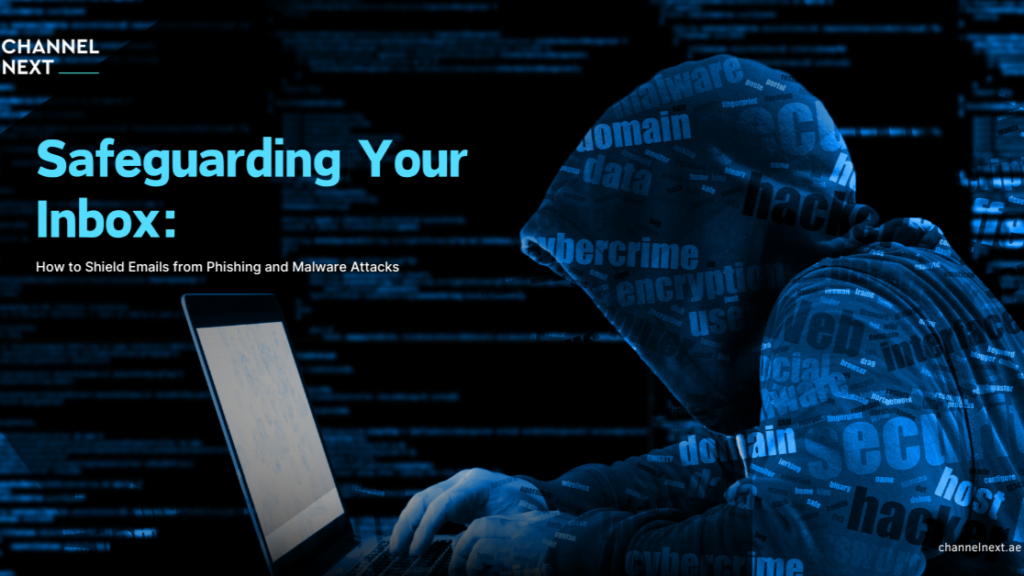Email Security Against Viruses: Safeguarding Your Inbox

Email remains a fundamental communication tool for both personal and professional use, but it is also one of the most common vectors for cyber threats, particularly viruses. Ensuring robust email security is critical to protecting your data and maintaining the integrity of your communications. In this article, we will discuss the risks associated with email viruses and how to effectively secure your email accounts.
Understanding Email Viruses
Email viruses are malicious programs designed to infiltrate computers or networks through email attachments or links. Once activated, these viruses can:
- Corrupt Files: Email viruses can damage or delete files on your computer, leading to potential data loss.
- Steal Personal Information: Some viruses are designed to capture sensitive information, such as login credentials, banking information, or personal details.
- Spread to Contacts: Many email viruses replicate by sending themselves to contacts in your address book, perpetuating the cycle of infection.
Common Types of Email Viruses
- Macro Viruses: These are attached to documents (like Word or Excel files) and activate when the document is opened. They can corrupt or steal data.
- Worms: These self-replicating viruses spread through email networks, often causing widespread damage.
- Trojan Horses: Disguised as legitimate files, these viruses trick users into downloading them, opening the door to further malicious activity.
- Ransomware: While not exclusively email viruses, many ransomware attacks start with a malicious email, encrypting files and demanding payment for decryption.
Best Practices for Email Security Against Viruses
- Use Robust Antivirus Software
- Install and regularly update antivirus software that scans incoming emails for known viruses and malware. Many email clients also offer built-in security features that can identify potential threats.
- Enable Email Filtering
- Be Cautious with Attachments
- Avoid opening attachments from unknown or suspicious sources. Even if the sender appears legitimate, verify the email’s authenticity through a different communication method.
- Avoid Clicking on Links
- Be wary of links in emails, especially those that lead to unexpected websites or prompt you to download files. Hover over links to see the actual URL before clicking.
- Keep Your Software Updated
- Regularly update your operating system, email client, and antivirus software. Security updates often include patches for vulnerabilities that can be exploited by viruses.
- Educate Yourself and Your Team
- Stay informed about the latest email security threats and educate others within your organization. Awareness is a powerful tool against cyber threats.
- Use Email Encryption
- Encrypt sensitive emails to add an extra layer of protection. This ensures that even if an email is intercepted, its contents remain unreadable.
- Regular Backups
- Regularly back up important emails and files. In the event of a virus attack or data loss, having a backup can mitigate damage.
- Utilize Two-Factor Authentication (2FA)
- Enable 2FA for your email accounts to add an extra layer of security, making it more difficult for unauthorized users to gain access.
- Monitor Your Accounts
- Regularly check your email account for suspicious activity. Look for any unauthorized logins or unusual email activity.
Conclusion
Email viruses pose a significant threat to individuals and businesses alike. By implementing robust email security measures and practicing vigilance, you can protect your inbox from viruses and maintain the integrity of your communications. Remember, proactive security is the best defense against email-based threats.
